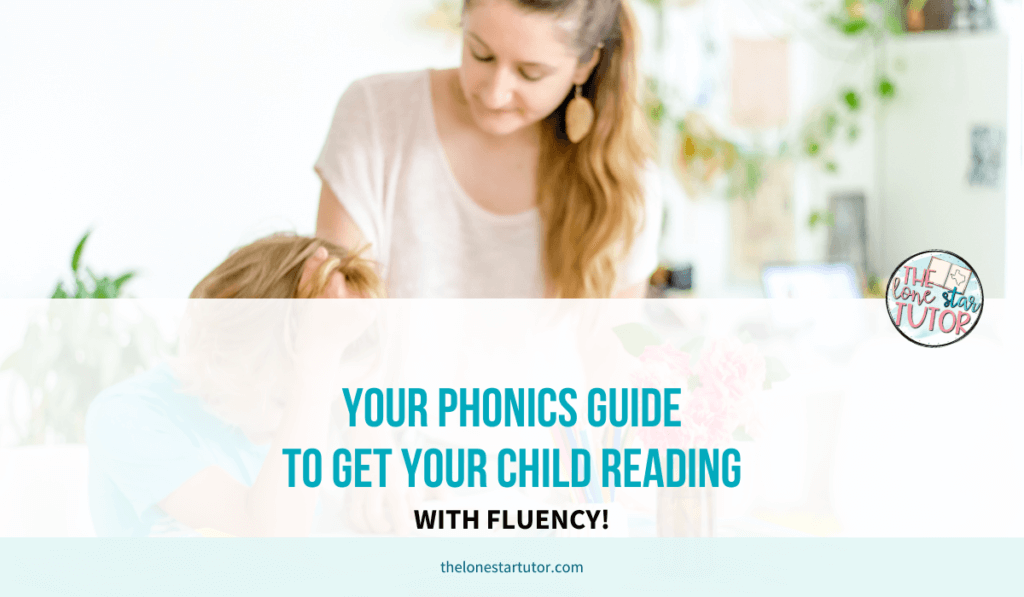
I was scrolling through Facebook the other day and I came across this post from an irritated parent.
The Post Read:
I’m terrified that I will never teach my child to read. She has memorized a variety of books, she seemed to have such an interest in reading. I was SO excited. Now, when we sit down to do worksheets, or even if I try a different approach, she resists. She says that she doesn’t want to learn. I feel like I’m failing as a mom. She’s soooo intelligent, but she’s just not into learning how to read.
My heart went out to this momma because, as most of us can agree- we just want the very best for our kids.
So, I’ve decided to write this blog post (a Phonics Guide) for parents who feel like this poor momma
We’re tackling a topic I’m pretty sure all of you have heard of, some of you are searching for answers on YouTube and Google, but most parents struggle to fully grasp: Phonics
In case you didn’t realize, you don’t have to be a professional to teach your child how to read. You’ve just got to know what your child needs to be a successful reader.
But what If you’ve already tried working with your child & they’re just not getting it? There can be a few reasons why your child isn’t getting it- and some of those reasons are out of your control
However, it’s not a complete wash. There are some things that you can do to ensure that your child can blend and sounds together start reading with fluency. And you can do this by teaching your child phonics.
In this blog post, I am going to break down the importance of phonics when you are working with your child who struggles with reading and spelling, so your child will hit those reading milestones and will enter middle school reading on grade level.
We’ll Cover:
Teaching Phonics at home with the help of my Parent Phonics Cheat Sheet
Phonics is being able to match the sounds of spoken English Language with individual letters or groups of letters.
This is how we break the code of reading words in sentences, passages, and books.
Phonics gives your child the code to read any word they may come across. Yes, even words like Photosynthesis
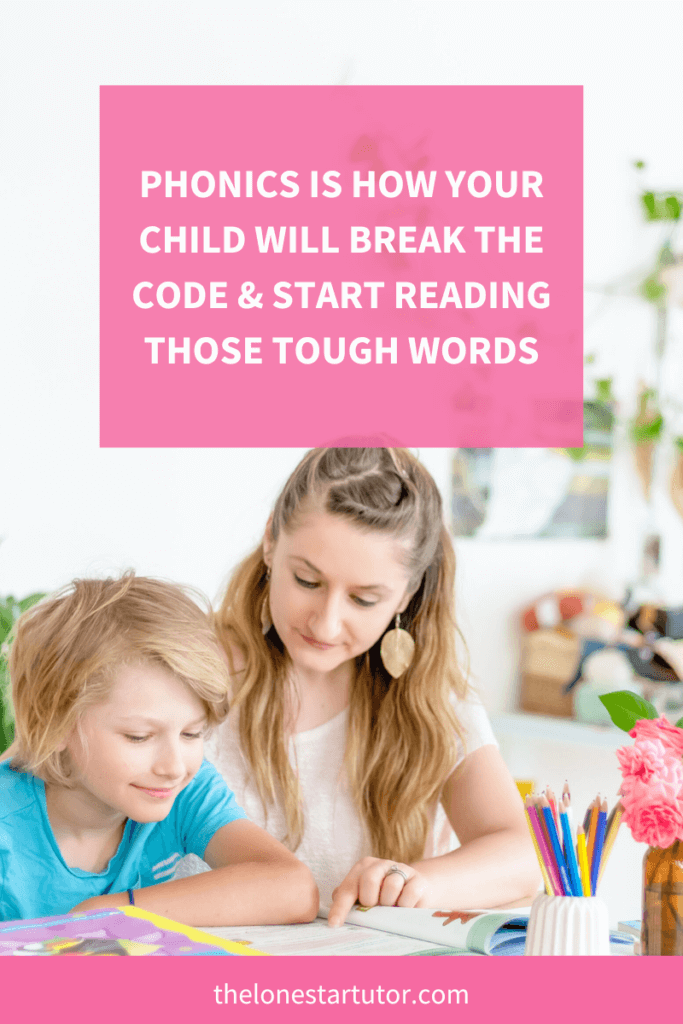
Phonemes: the smallest unit of sound that conveys meaning. There are 44 phonemes in the English language. Check out this awesome blog from my friend, Zeba, about teaching your child how to blend phonemes.
Graphemes: A written symbol that represents a sound (phoneme)
Blending: The ability to join speech sounds together to make words
Segmenting: Identifying individual sounds (phonemes) in a word
Sight Words: Common words that are recognized instantly
Decodable Words: Words that follow regular patterns. These words are easy to sound out
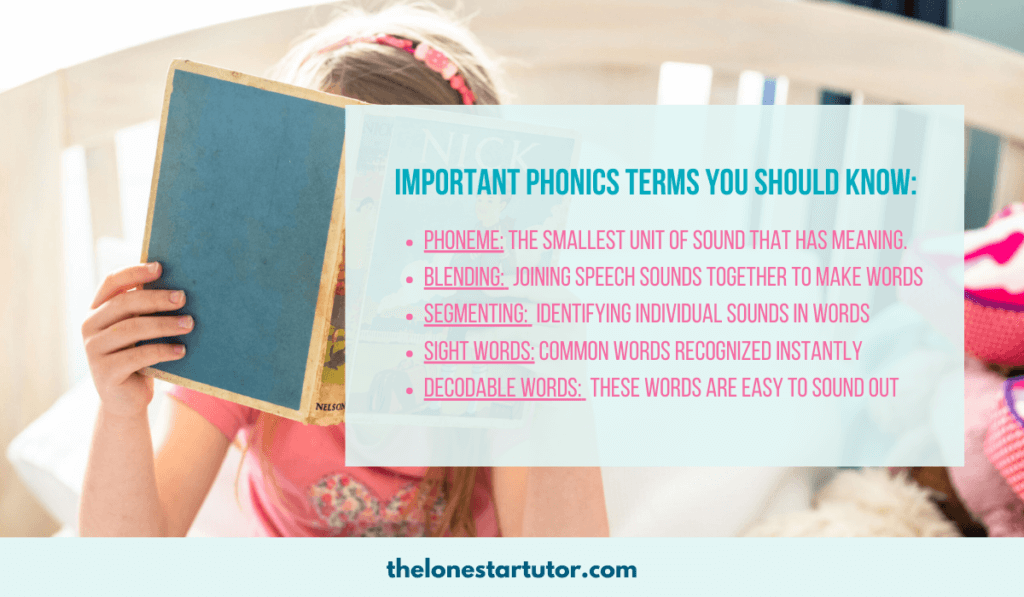
It can be frustrating when you’re working with your child daily and you’re not seeing the results of your hard work. Right? That’s why it’s important to understand what challenges and hurdles your child is having when it comes to reading (specifically phonics)
It’s been my experience that kids struggle with those pesky Long vowel patterns. For example: knowing that ai & ay are both long vowels (a vowel that says its letter name)
When your child is struggling, you need a phonics guide so you can help your young reader through this process. My Phonics Cheat Sheet is just the resource you need. This cheat sheet is a simple phonics guide you can easily pull up on your phone, so you can reference those pesky phonics patterns.
No more saying “Just sound it out” instead you can gently remind them of the sound that pattern makes.
Don’t get frustrated! When those tricky sounds like ai & ay show up, my Phonics Cheat Sheet is like a superhero helper on your phone, ready to guide you. No more “just sound it out” struggles – let’s make reading awesome together!
The questions and pushback I often get from parents is… “I can’t do that, I don’t know what I’m doing…I’m not a teacher.
Well, You’re in luck because here is my five-step PAVE to Proficiency plan, that you can use with your child at home:
1). Pronounce and Understand: Teach your child the phonics sound, and the generalization (rule) behind that phonics sound. (EX: ay and ai make the long /a/ sound (say their letter sound). You will always find -ay at the end of words like stay, pray, and hay. You will always find ai at the beginning or in the middle of words like aim, strain, plain, and train.
2). Activities for Learning: Use fun activities to make sure they understand the new phonics sounds (word sorts and simple word hunts).
3). Verify Understanding: It’s important that before you move on to another phonics skill your child has mastered the previous phonics pattern. Give your child a task to complete. For example (EX: Will you find me 7 words on this TikTok post, IG post, or book that have the spelling patterns we’ve been working on?)
4). Evaluate Fluency: Find a book or short passage with the spelling patterns or you can write your sentences that have the phonics patterns you’ve been working on, and have your child read. Check out this resource that has simple reading passages for your child to use.
When they have mastered those phonics patterns by reading the words with no assistance- celebrate and move on!
Creating a Phonics Rich Environment involves incorporating phonics into everyday activities
If you ever thought, “I can’t do this, I’m not a teacher,” you’re in luck! Try my five-step PAVE to Proficiency plan at home—it’s like a fun adventure where you learn cool tricks to make reading super easy.
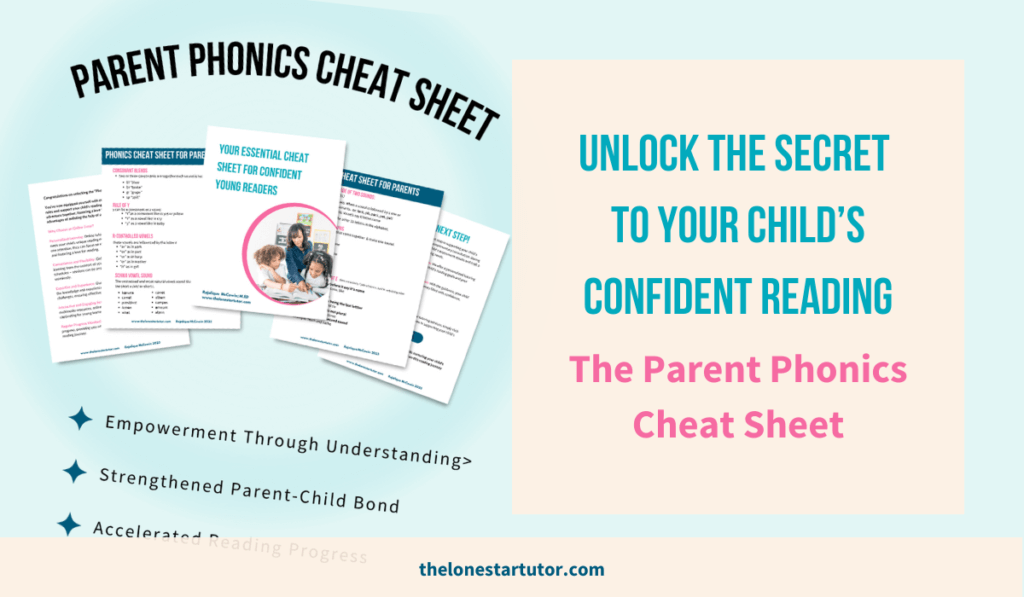
Consistency and practice play a major role in the success of your child’s phonics journey.
Regular practice will allow your child to internalize phonics patterns, and that’s when it becomes second nature. It is through repetition that these patterns become ingrained in your child’s memory, enhancing their ability to recognize and decode words effortlessly.
Also, consistency fosters a sense of routine and security, providing a structured environment for learning.
By incorporating phonics into various daily activities, from reading signs on the road to following cooking instructions, parents create a phonics-rich environment that reinforces the importance of these skills in real-life scenarios.
Through diligent and frequent practice, your child not only will build proficiency in phonics but also develop the confidence to tackle diverse reading challenges, ensuring a solid foundation for a lifelong love of learning.
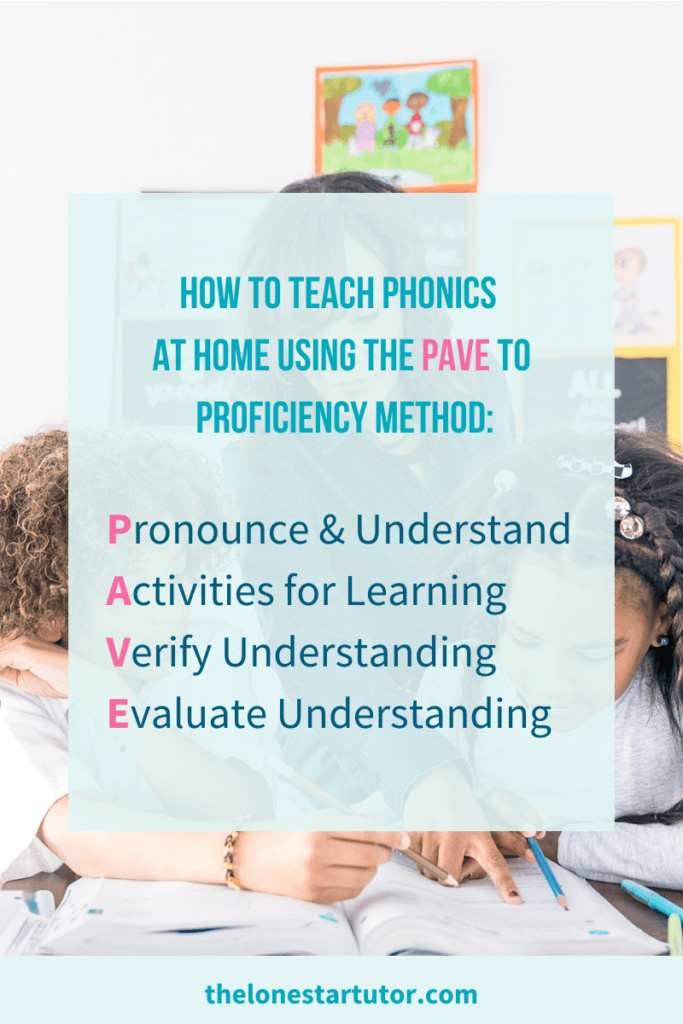
So, wrapping things up, learning phonics is like having a secret code to unlock awesome reading powers! We’ve talked about cool stuff like phonemes, which are tiny sounds that makeup words, and graphemes, the written symbols for those sounds. If your young reader is finding it a bit tricky, don’t worry—everyone has their superhero training moments!
Now, here’s the scoop: practicing phonics is like practicing your favorite video game. The more you play, the better you get! So, let’s high-five consistency and practice for being our reading sidekicks.
Before we wrap up, imagine having a super handy cheat sheet that makes reading feel like a breeze. Well, good news! You can get it for free. Just click here, and we’ll send it your way. It’s like having a reading superhero guide!
Remember, reading is an adventure, and we’re here to make it awesome. So, grab your free cheat sheet, and let’s rock this reading journey together!
